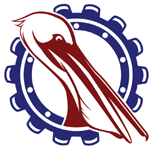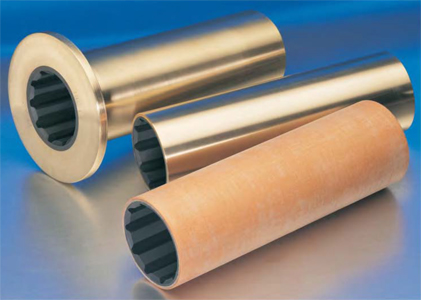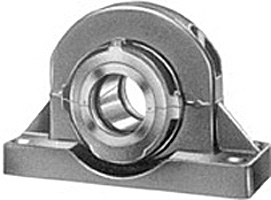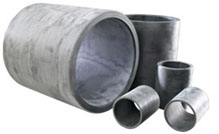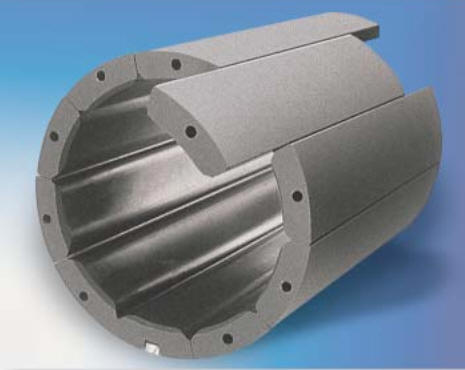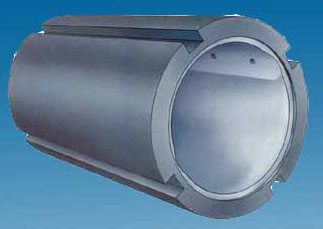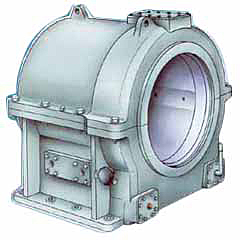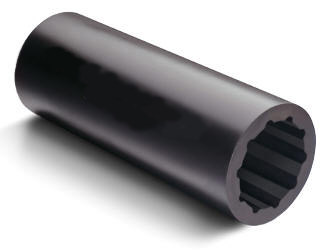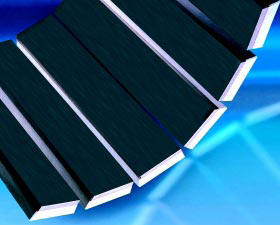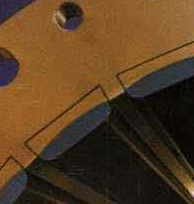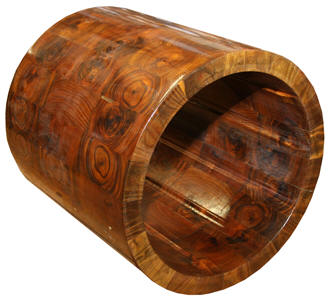|
||||||||||||||||||||||||||||||||||||||||||||||||||||||||||||||||
| How PM&I Can Help Prevent Delays | ||||||||||||||||||||||||||||||||||||||||||||||||||||||||||||||||
| Free Classified Equipment Ads: Global & Comprehensive | ||||||||||||||||||||||||||||||||||||||||||||||||||||||||||||||||
| Purchase ONLINE Select Products Only | ||||||||||||||||||||||||||||||||||||||||||||||||||||||||||||||||
|
||||||||||||||||||||||||||||||||||||||||||||||||||||||||||||||||
|
|
||||||||||||||||||||||||||||||||||||||||||||||||||||||||||||||||
|
|
||||||||||||||||||||||||||||||||||||||||||||||||||||||||||||||||
| Join PM&I's Email Newsletter List | ||||||||||||||||||||||||||||||||||||||||||||||||||||||||||||||||
| Free Classified Equipment Ads: Global & Comprehensive | ||||||||||||||||||||||||||||||||||||||||||||||||||||||||||||||||
| California ◊ Florida ◊ Shanghai ◊ Germany | ||||||||||||||||||||||||||||||||||||||||||||||||||||||||||||||||
| Lagos Nigeria ◊ Valparaiso Chile ◊ Dubai UAE | ||||||||||||||||||||||||||||||||||||||||||||||||||||||||||||||||
| Trusted Since 1985 | ||||||||||||||||||||||||||||||||||||||||||||||||||||||||||||||||

 |
||||||||||||||||||||||||||||||||||||||||||||||||||||||||||||||||
|
Pacific Marine & Industrial is a registered service mark of: |
||||||||||||||||||||||||||||||||||||||||||||||||||||||||||||||||
| Quality Pacific Manufacturing, Inc. | ||||||||||||||||||||||||||||||||||||||||||||||||||||||||||||||||
| Copyright 1985-2024 | ||||||||||||||||||||||||||||||||||||||||||||||||||||||||||||||||
| All Rights Reserved - V3 | ||||||||||||||||||||||||||||||||||||||||||||||||||||||||||||||||
